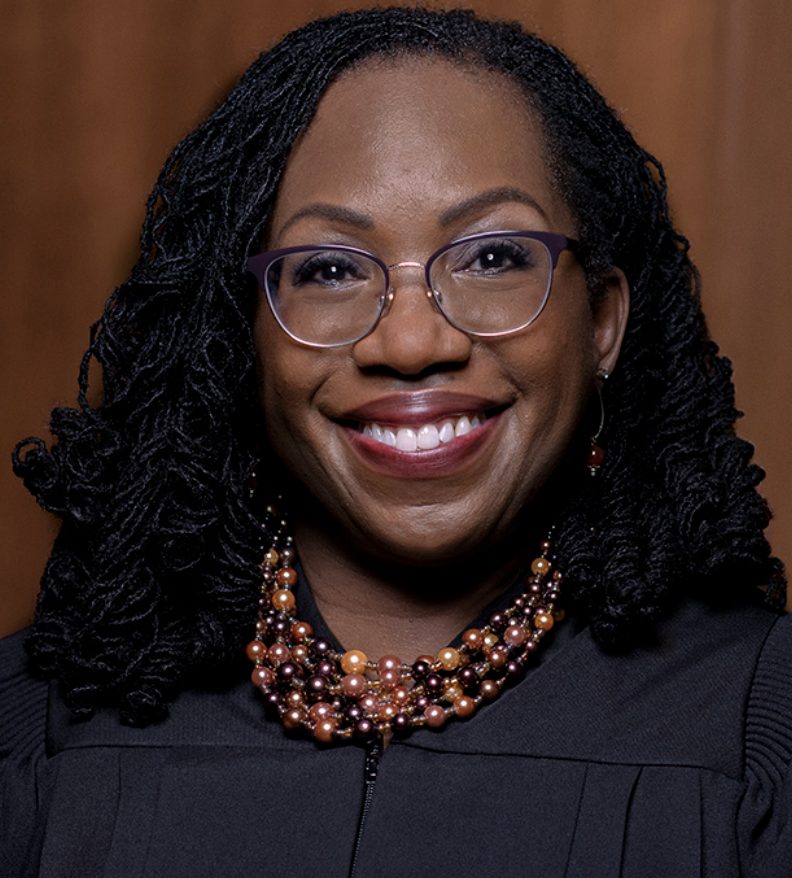May 2, 2023 marked the beginning of the Writers Guild of America (WGA) strike. WGA is a coalition of two writers’ labor unions comprising over 11,000 writers of film, television, news, radio and online media. The strike began after unmet demands were made for higher pay, a more stable pay structure, fairer deals, contracts and provisions about artificial intelligence according to a list of WGA proposals.
The strike commenced following six weeks of unsuccessful negotiations with the Alliance of Motion Picture and Television Producers (AMPTP), an association that represents significant Hollywood studios and production companies such as Paramount, Disney, Netflix, Amazon, Apple and Disney. One of the most important demands was higher compensation. The median weekly writer-producer pay has decreased over the past decade when adjusting for inflation, according to a report by WGA.
Additionally, writers are advocating for greater residual payments, the amount writers receive when projects they have worked on are released, in reruns or syndication. A statistic shared by WGA describes how half of writers work in streaming which pays less residuals for new and pre-existing shows.
Valentina Garza, a producer and writer who has been a part of “Wednesday,” “Only Murders in the Building” and “Jane the Virgin,” went to Twitter to share the harsh reality of how low a residual check can truly be. The photo displayed a check written for three cents. In her post, she stated, “I think the streamers can do better.”
“Our wages have been falling in the last few years as the streamers’ profits have been skyrocketing” Amanda Mercedes, staff writer for “The Rookie: Feds,” said.
She further described how the increase of streaming services such as Netflix has “changed the business model completely,” which makes it more difficult for writers to have constant, well-paid opportunities.
The WGA has asserted that the current system in place for writers is defective and that “the survival of writing as a profession is at stake in this negotiation.”
The effects of the WGA Strike almost instantly impacted late-night talk shows. On May 6, 2023 “Saturday Night Live” went dark, followed by “The Tonight Show Starring Jimmy Fallon” and “The Late Show with Stephen Colbert” to name a few. The taping of live shows was suspended, prompting the airing of reruns.
As the strike continues, there has been a significant halt in the production of both television shows and movies. Upcoming seasons of the following shows have been postponed due to the writer’s strike: “Abbott Elementary,” “BUNK’D,” “Cobra Kai,” “Euphoria,” “Evil,” “Hacks,” “Password,” “Power Book III,” “P-Valley” and “Stranger Things.” For movies, the following have pushed back release dates: “Challengers, “Minecraft,” “Bad Boys 4,” “Kraven the Hunter,” “Spider-Man: Beyond the Spiderverse,” “Venom 3,” “The Color Purple” and “Dune: Part Two.” The future of many shows and movies is up in the air as the writers’ strike grows longer.
At this point, there is not a foreseeable end in sight to the Writers Guild strike. The latest reports show that the Writers Guild of America is willing to listen to deals from individual studios that abandon the AMPTP, the organization that has been negotiating on behalf of Netflix and other streaming services and studios.
A statement from the WGA bargaining committee described, “We have made it clear that we will negotiate with one or more of the major studios, outside the confines of the AMPTP, to establish the new WGA deal. There is no requirement that the companies negotiate through the AMPTP. So, if the economic destabilization of their own companies isn’t enough to cause a studio or two or three to either assert their own self-interest inside the AMPTP or to break away from the broken AMPTP model, perhaps Wall Street will finally make them do it.”
In response, the AMPTP affirmed that their “member companies are aligned” and working together to develop a resolution. At the time of writing, no official deals or decisions have been made and the strike continues going strong.
Sources: Today, TV Insider, Vulture, Washington Post

